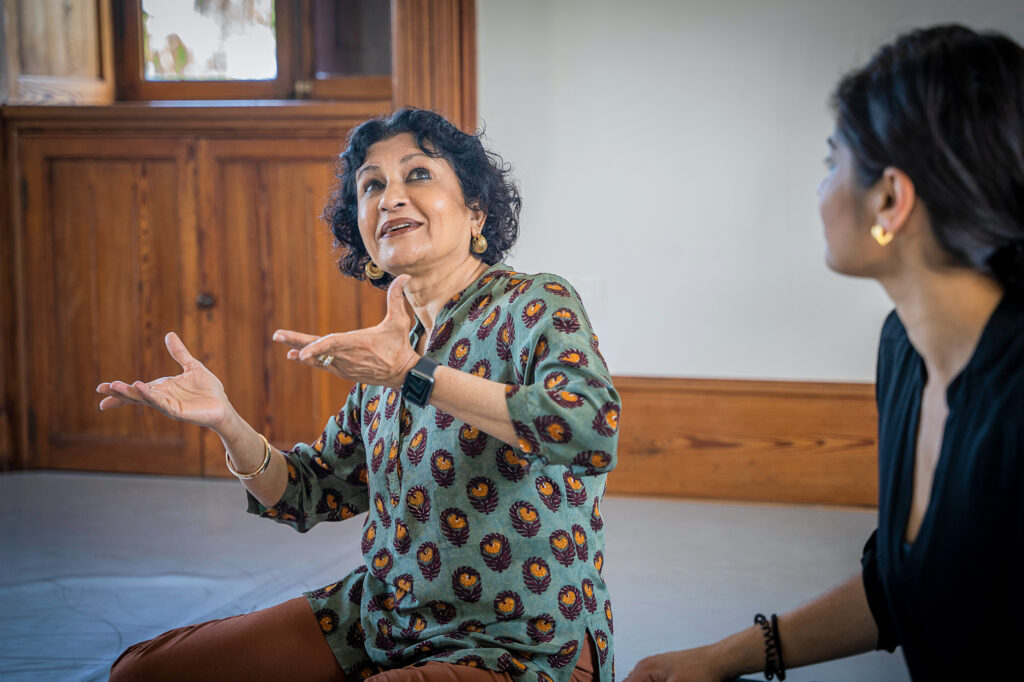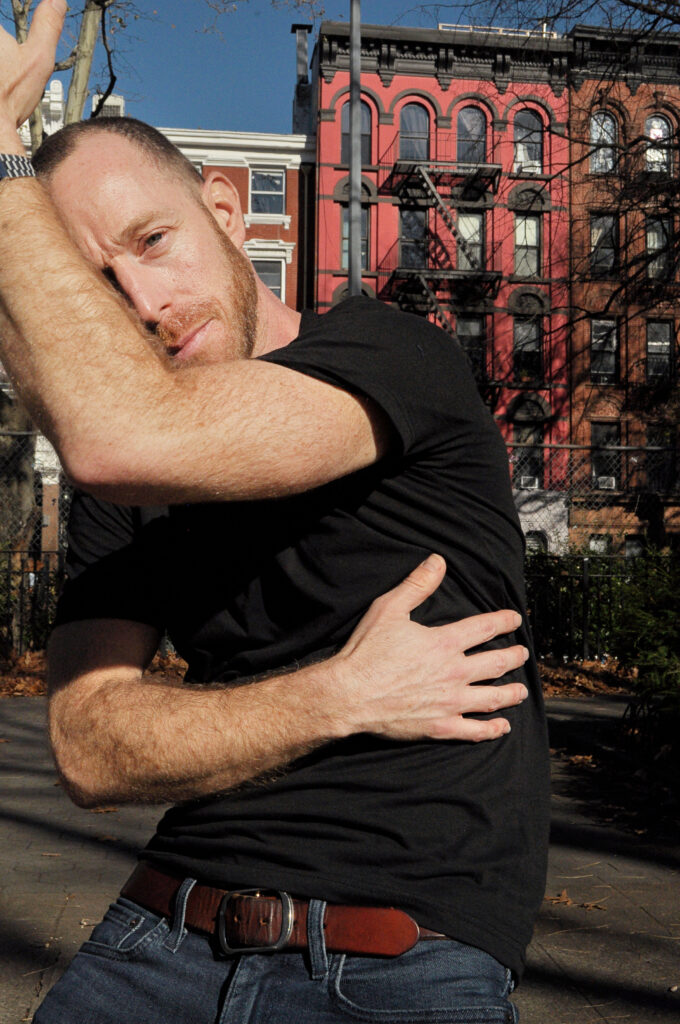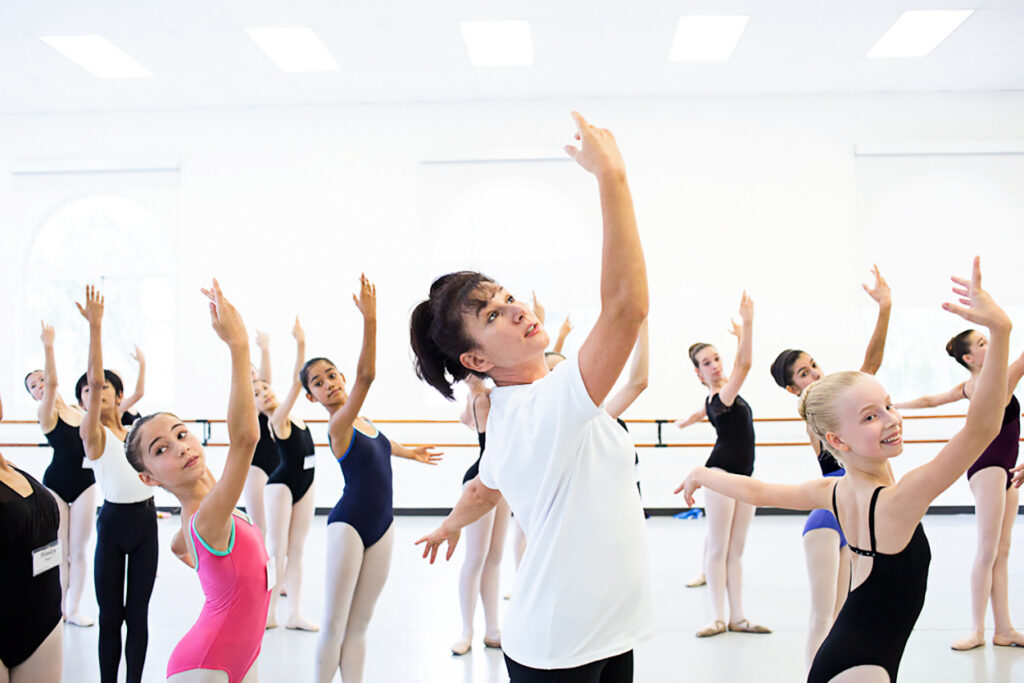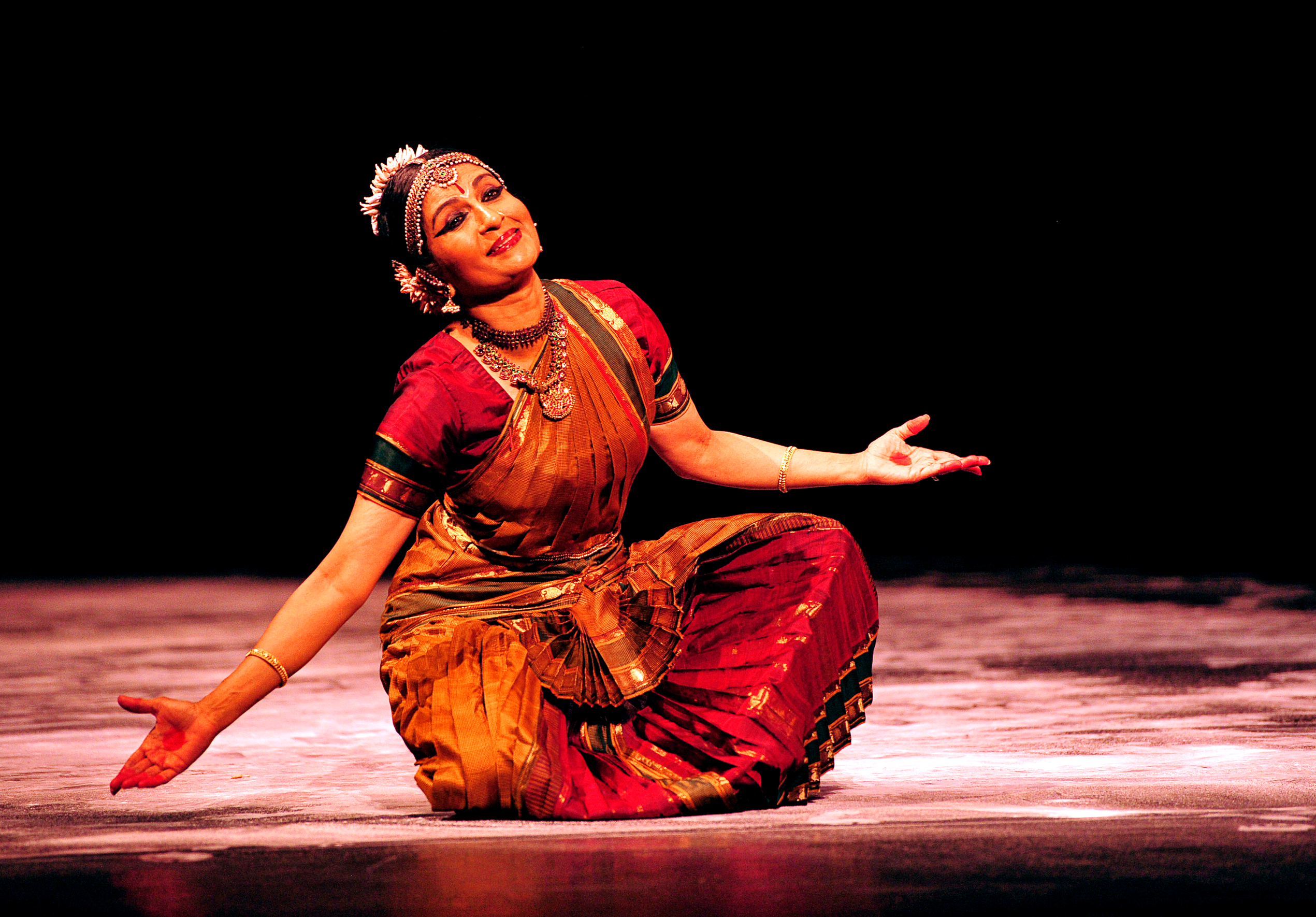Expert Tips for Cultivating a Powerful, Captivating Gaze
In dance, the eyes rarely receive the same attention as the feet, or the back. And yet, says Ragamala Dance Company founder and bharatanatyam teacher Ranee Ramaswamy, “when someone uses their eyes well, you feel they are dancing for you.”
Indeed, when yielded with intention and clarity, the eyes can be a powerful tool for communicating with the audience, conveying emotion and character, and connecting with fellow performers. But the eyes can reveal hesitancy just as easily as they can project confidence, and, too often, they are an afterthought. Ramaswamy, Youth America Grand Prix artistic director Larissa Saveliev and choreographer Marc Kimelman offer tips to ensure your eyes are conveying exactly what you want them to say.

Start Early
Often, dancers don’t begin thinking about their focus and how they’re using their eyes until they are onstage in dress rehearsals, says Saveliev. But such an essential performance element should really be incorporated from the very beginning, she says, in rehearsals and even in class. Ramaswamy agrees, and encourages her students to be “on” at all times in class to begin developing their focus early.
This means getting out of the habit of looking in the mirror, says Kimelman, a musical theater choreographer who teaches at Broadway Dance Center. If you aren’t able to cover the mirror, try looking slightly above your head instead of directly at yourself, he suggests, and focus on connecting with fellow dancers rather than on catching your reflection.
Be Clear

As simple as using the eyes may seem, they have myriad purposes, from directing the audience’s attention, to telling a story, to keeping track of your lines. Avoid having distracting darting eyes, which can convey nervousness, by choreographing them just as you do the rest of your body, suggests Kimelman. To make this choreography of the eyes feel natural, allow yourself time to play with where your focus should go before getting particular about it. Then, he says, be as intentional with where you’re looking as you are when you’re spotting.
When the eyes are communicating something specific to the audience in bharatanatyam (showing them that you’ve noticed something in the distance, for instance, or that your emotion is shifting from realization to disappointment), Ramaswamy thinks of the movement of the eyes as dialogue: It has to flow, be clear and linger enough to be legible.
Cheat When You Need To
Depending on the genre of dance and how naturalistic the tone is, you may want to adjust exactly where you’re looking in order for it to make sense to the audience. In bharatanatyam, for example, while following the hand is often a strong choice for the gaze, if the dancer’s hand is directly to their side, they might turn their head and look a few inches higher than the hand itself, showing the eyes and glance to the audience, says Ramaswamy. Similarly, if you’re looking at something high up or low to the ground, consider cheating down or up so that the audience sees more than the whites of your eyes.
You can also use your eyes to expand your presence onstage: “Your hand only reaches so far, but your eyes can reach further,” Ramaswamy says.
Tell a Story
In daily conversation, your eyes are key to communicating to others what you’re thinking and feeling, and the same can be said for when you’re performing. Expressing yourself with your eyes onstage is a combination of naturalism and stylization, says Ramaswamy—tapping into what your character is feeling and then enhancing it.

Kimelman learned to do this as a young dancer, when in a musical comedy class he would often start by mouthing the words to a song while he danced, and then eventually would take away the lip-syncing but keep the feelings and facial expressions that came with it.
Of course, pay attention to the context of the performance so that your eyes’ expressions can be seen, but don’t become cartoonish: A 400-seat theater will demand a different approach than an intimate black box or an immersive show.
The eyes “connect the house of the body with the house of the mind,” says Kimelman, giving audiences access to your inner world. “I don’t need to know what your thought is. But I need to know that there is one. It can be anything, but I need to know that something important is happening in your head.”




